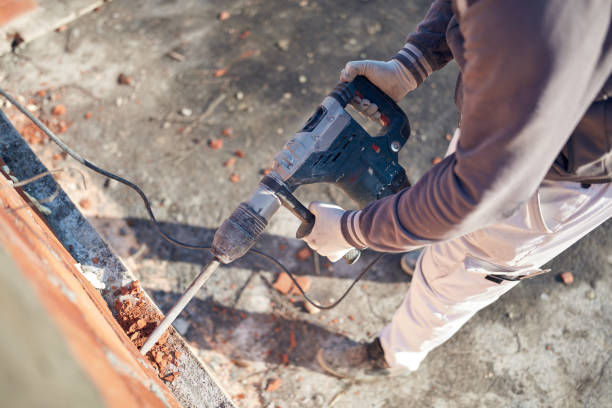A Brief History of the Hammer Drill
- machineryin128
- Jun 5, 2022
- 3 min read
Perhaps the primary differentiation between individuals and the rest of the animal world is our ability to make and use mechanical assemblies. Instruments have engaged us to perform tasks that would some way or another be problematic or challenging to accomplish. The drill is an optimal outline of this.
Without a drill, we would encounter issues entering an opening in a material like wood, also harder materials like concrete or steel, not preposterously concrete and steel would attempt to exist without the use of various gadgets, but that is another subject I won't cover here.

If we follow the verifiable background of the drill, we come to the old Egyptians and Harappans, who used a contraption called the bow drill, which involved something different for making fire, and yet was used for straightforward woodwork. It was in like manner used by what might measure up to the state-of-the-art dental subject matter expert, which would surely raise the heartbeat of anyone with apprehension about dental treatment.
The pieces of this device are the bearing block, the shaft, the fireboard, and the bow. The line of the bow is collapsed over the pivot, which is held toward one side by the bearing block and at the entering end by the fireboard. The impact is given to the client of this contraption by the string affixed to the bow.
Another fundamental device that has been used for a long time is the siphon drill. The pieces of this contraption are the drill shaft, a significant flywheel, a meager piece of burden up with an opening in the center, and a string. The flywheel is affixed to the lower end of the shaft, and the heap up is slipped over the upper completion of the shaft using the opening. The string is sent through an opening in the most noteworthy mark of the shaft and joined to the two completions of the board.
Close to the completion of the shaft is an opening into which the pieces are implanted. The barricade is then held set while the shaft is turned until the board has lifted almost to the most noteworthy mark of the shaft and the string is wrapped immovably around the shaft.

The tip of the shaft is placed on the material to be entered, and pressure is applied to the board. Yet again the shaft turns rapidly, and when the board shows up at the lower part of the shaft, it is allowed to get back with the objective that the string folds over the shaft, and exhausting can begin once more.
A more regular device is the snap and drill, a drill with a u-formed handle. The client applies strain to the most noteworthy place of the drill with one hand and can use the other hand to make a twisting development over the u-framed handle.
The U-shaped handle can be considered as a kind of driving pole that offers higher power yet lower rotational speed stood out from other hand drills. Another instrument from the not-excessively far off past is the old hand drill, which is by all accounts an eggbeater and has a thought regarding one side that you can hold with one hand, and a turning device with a thought regarding the contrary side that gives the entering energy.
Experts from earlier times might have a hard time believing that it is so normal to achieve entering work with present-day electric drills that appeared differently in relation to their unrefined accomplices. Many kinds of drills are being utilized today, most with weapon hold, and there is a minor takeoff from the standard electric drill, for instance, the hammer drill, which has a sledge movement that licenses it to enter into workmanship.
The percussion limit can be turned off when not needed. An even more exceptional drill is the sledge drill, which solidifies the percussive framework with the spinning part.
Cordless drills offer a degree of independence from the ought to be near a fitting. While in the past these drills had the damage contingent upon batteries that ought to have been recharged regularly and had a to some degree short future, battery development has dealt with massively lately, settling on cordless drills a more adaptable decision.
Perhaps in 100 years, entering advancement will be advanced so much that our continuous development will seem, by all accounts, to be as unrefined to individuals in the future as the bow drill did to us. For more information please click here.




Comments